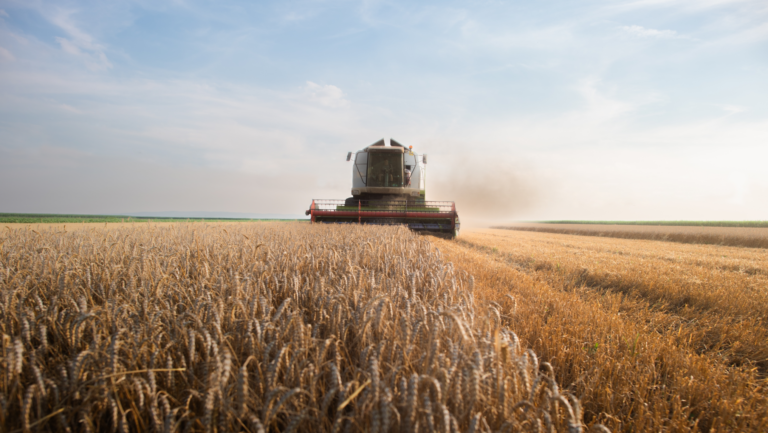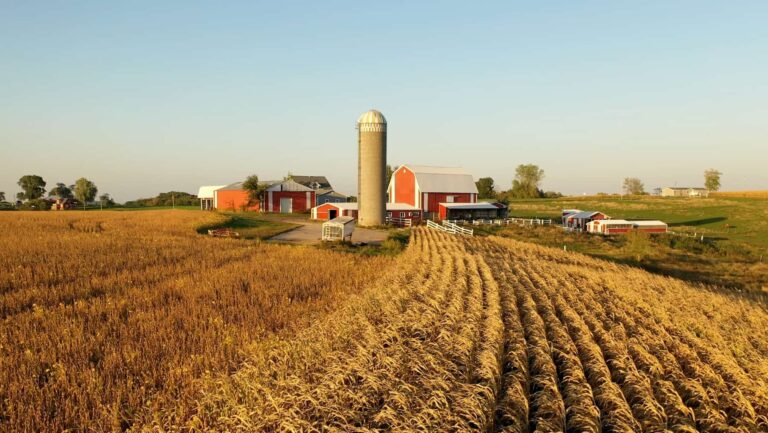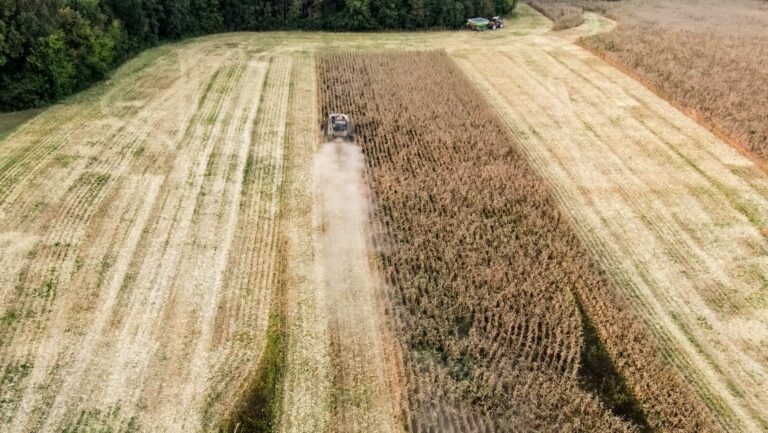Q4 2024 Ag Market Trends & Policy Insights
They say elections have consequences. With respect to the recent election, while we now know the winners, the full consequences for U.S. agriculture are not yet fully knowable. They won’t be until we know the delta between Trump’s campaign rhetoric from the actual policies that get implemented. This applies equally to positive and negative policy outcomes. His stated immigration objectives could create significant challenges for farmers to harvest and get crops to market given the high utilization of immigrant labor on farms. At the same time, Trump and the GOP want to aggressively reduce regulation and reform tax policy in ways that will directly benefit the farmer.
Trump has wasted no time in acting on trade policy, having already imposed 10-25% tariffs (and then promptly delayed them) on America’s three largest trading partners: Mexico, China, and Canada. The initial backlash will almost certainly affect the U.S. farmer. We saw this in Trump’s first term, as China shifted imports of pork, soybeans, and other major commodities to Brazil and other markets as a calculated form of retaliation against Trump’s tariffs. We can expect Canada and Mexico to do the same.
Trump, meanwhile, will want to protect farmers from the negative side effects of his trade wars, as he did before, given that farmers voted overwhelmingly for him. Direct subsidies are a natural remedy, but the deficit is already at war-time levels, and he faces a budget hawk contingent within his own party to contend with. In 2018-2019, Trump was able to bypass Congress entirely by running $28 billion in agricultural subsidies directly through the Commodity Credit Corporation (CCC) – which has broad discretionary spending authority below its $30 billion cap – using it a bit like a slush fund. Not surprisingly, Trump broke significant norms in doing so. In response, there is currently bipartisan support in Congress for strictly limiting this ability in the next Farm Bill. Solidly right-leaning think tanks, like the American Enterprise Institute, are some of the most vocal supporters of imposing this limitation.
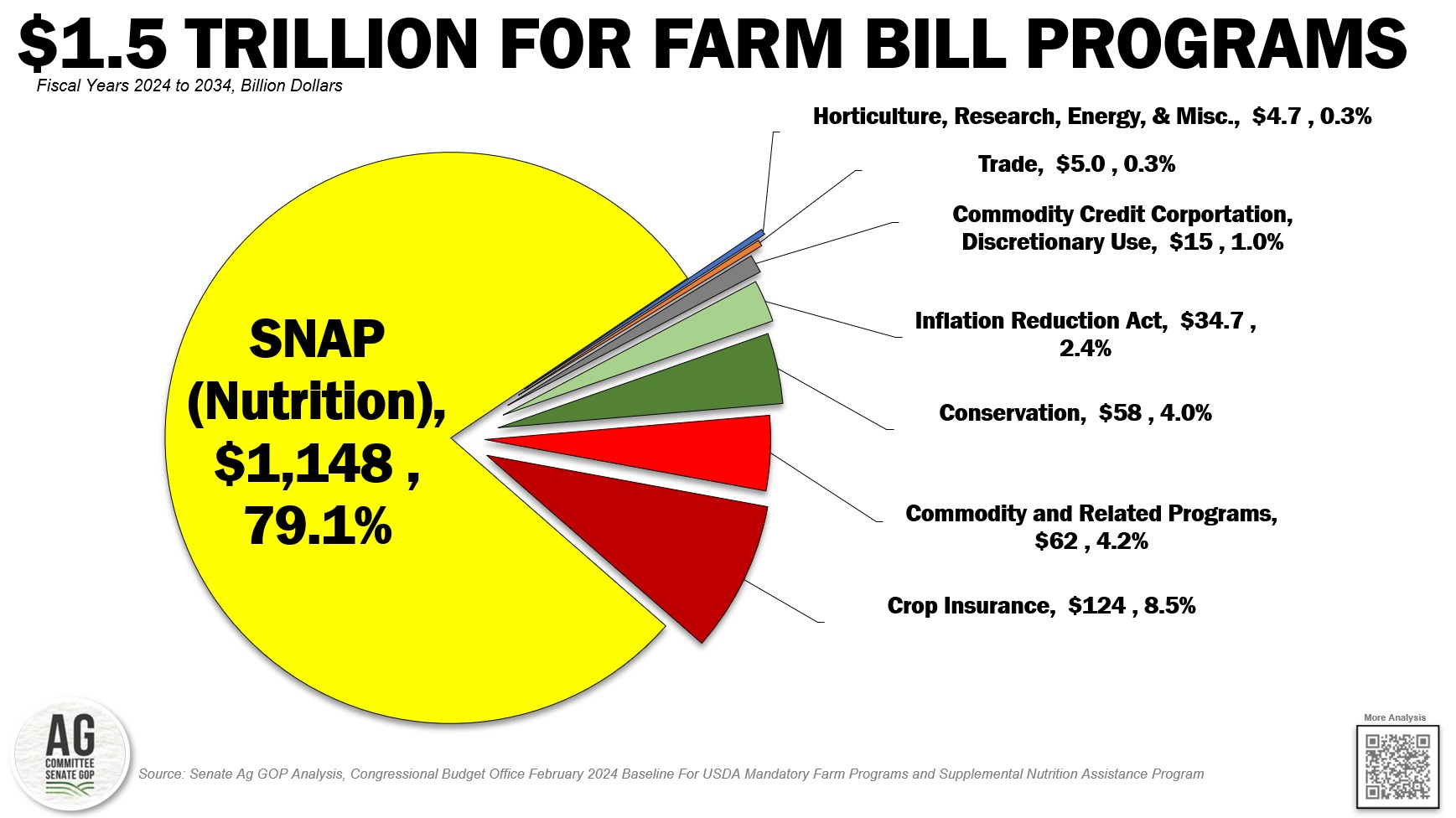
Any recompense will, therefore, likely need to be addressed through a new Farm Bill, which is already mired in partisan gridlock. Unfortunately, the Farm Bill is a marvelously antiquated and contentious piece of legislation that, at an expected cost of $1.5 trillion over 10 years, is not DOGE friendly. Around 80% of that cost goes toward the SNAP program (i.e. food stamps) that is relied on by 42 million Americans, 70% of whom need the supplemental assistance despite working full time. Food producers and consumers could both face higher prices from Trump policies, making it hard to imagine Democrats will accept less assistance for food insecure Americans so that farmers can get more subsidies.
On the other hand, Trump’s trade conflict with China didn’t last all that long and was deescalated through the Phase One trade deal signed during the last year of his first term. This deal secured several structural changes and a commitment from China to purchase an additional $200 billion of U.S. exports over the course of two years. While they ultimately fell short in many areas, they did deliver largely on their promised agricultural purchase commitments, buying well above 2017 baseline.
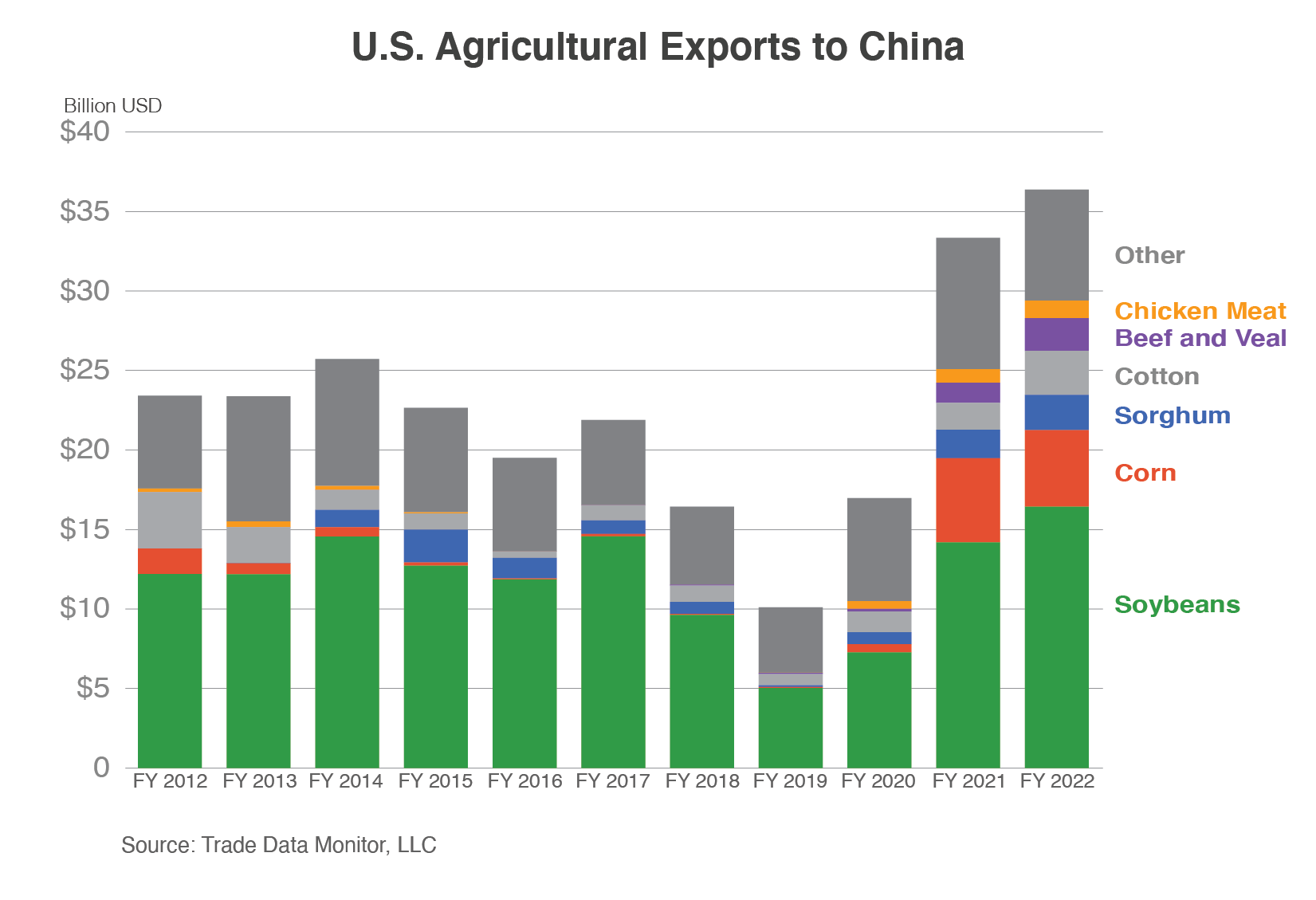
This highlights another feature of Trump’s deal making style. His willingness to use extreme posturing, endure short-term pain, and remain unpredictable are part of his negotiation tactics. Endless tit-for-tat tariff escalation is lose-lose and Trump knows it. But our three largest trading partners all have more to lose than the U.S. does from this, and Trump has demonstrated that he is willing to get into a fight to increase America’s bargaining power. His objective with tariffs may be designed to get to a Phase Two trade deal with China faster, and to reset USMCA. It could also prove to be a reversal of fortune for U.S. farmers in key commodities that could really use a boost, if he is able to apply temporary tariff pressure to secure concessions.
Trump may not be playing three-dimensional chess, but as an aggressive negotiator with a populist agenda, he is playing a different one than most political observers are used to. He faces some new constraints compared to his first term, but he has also shed some. There is less fiscal room to operate, but he also has more control over his party and is even less restrained by norms. What hasn’t changed is his desire to deliver for his base, and farmers are a core part of that base.
As always, AgAmerica is doing our part to support the American farmer through an ever-changing landscape while delivering attractive risk-adjusted returns for our investors. Whatever the new administration does, AgAmerica will strive to supply flexible funding and financial guidance to help farmers navigate these uncertain times




